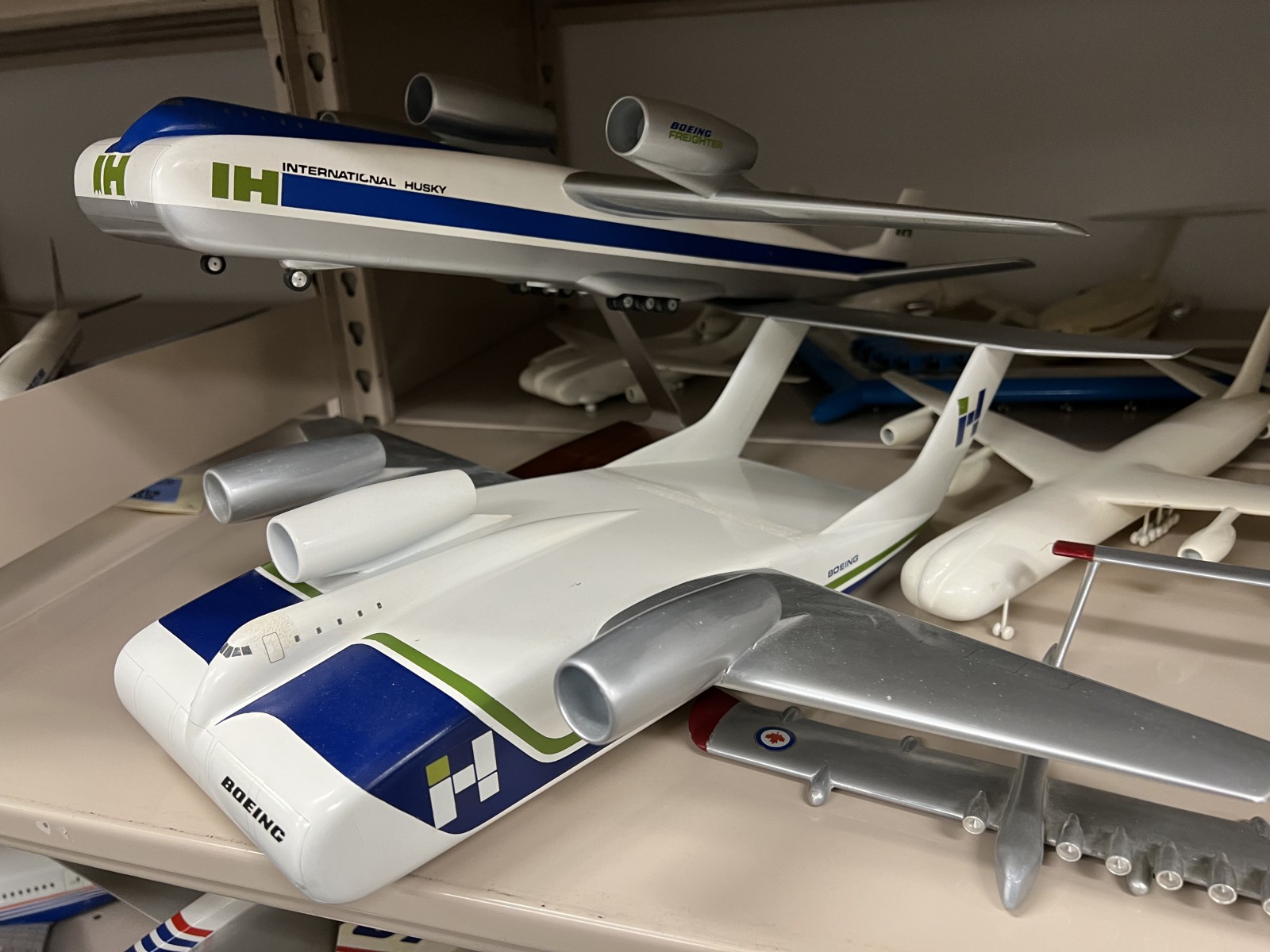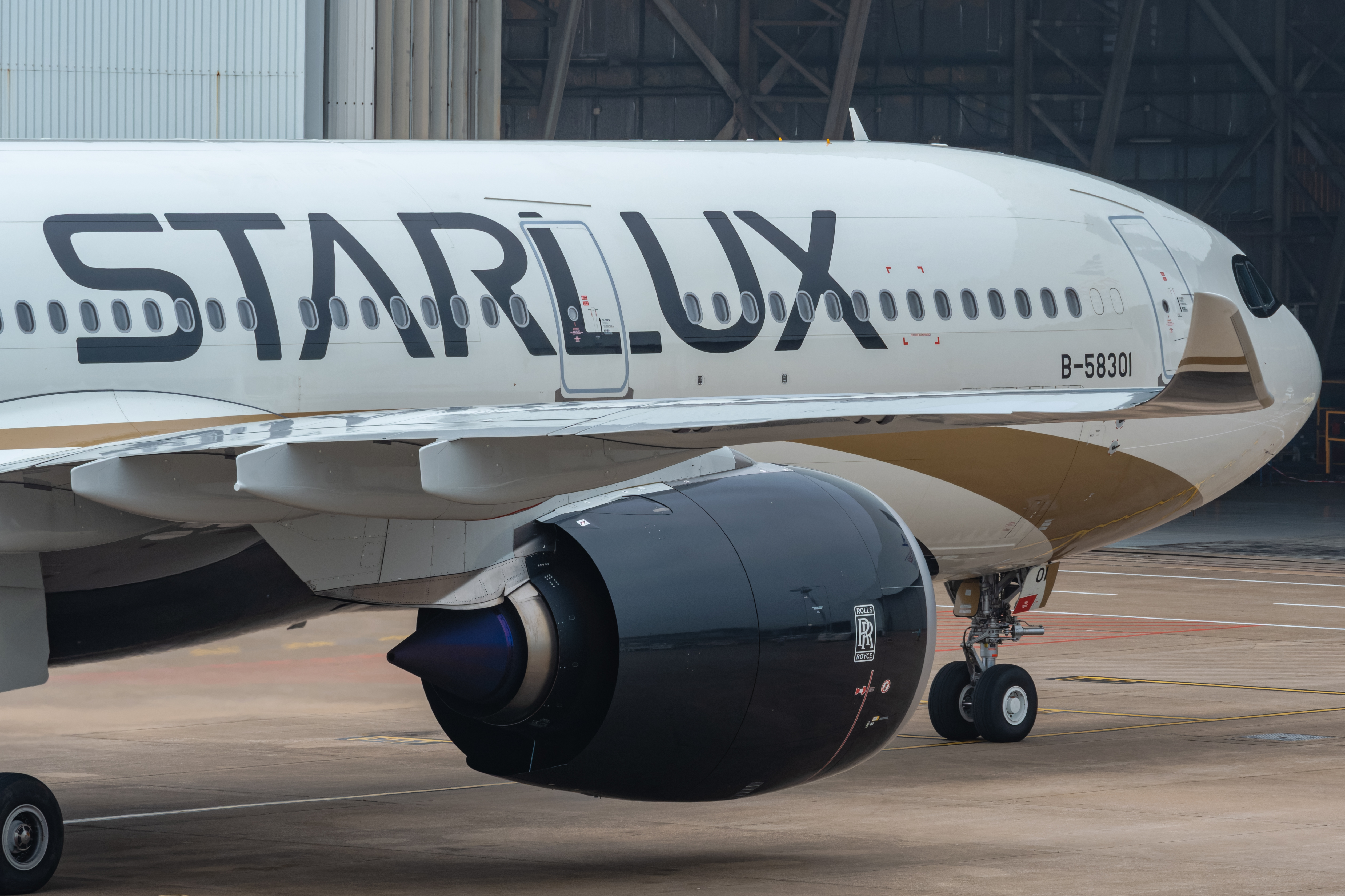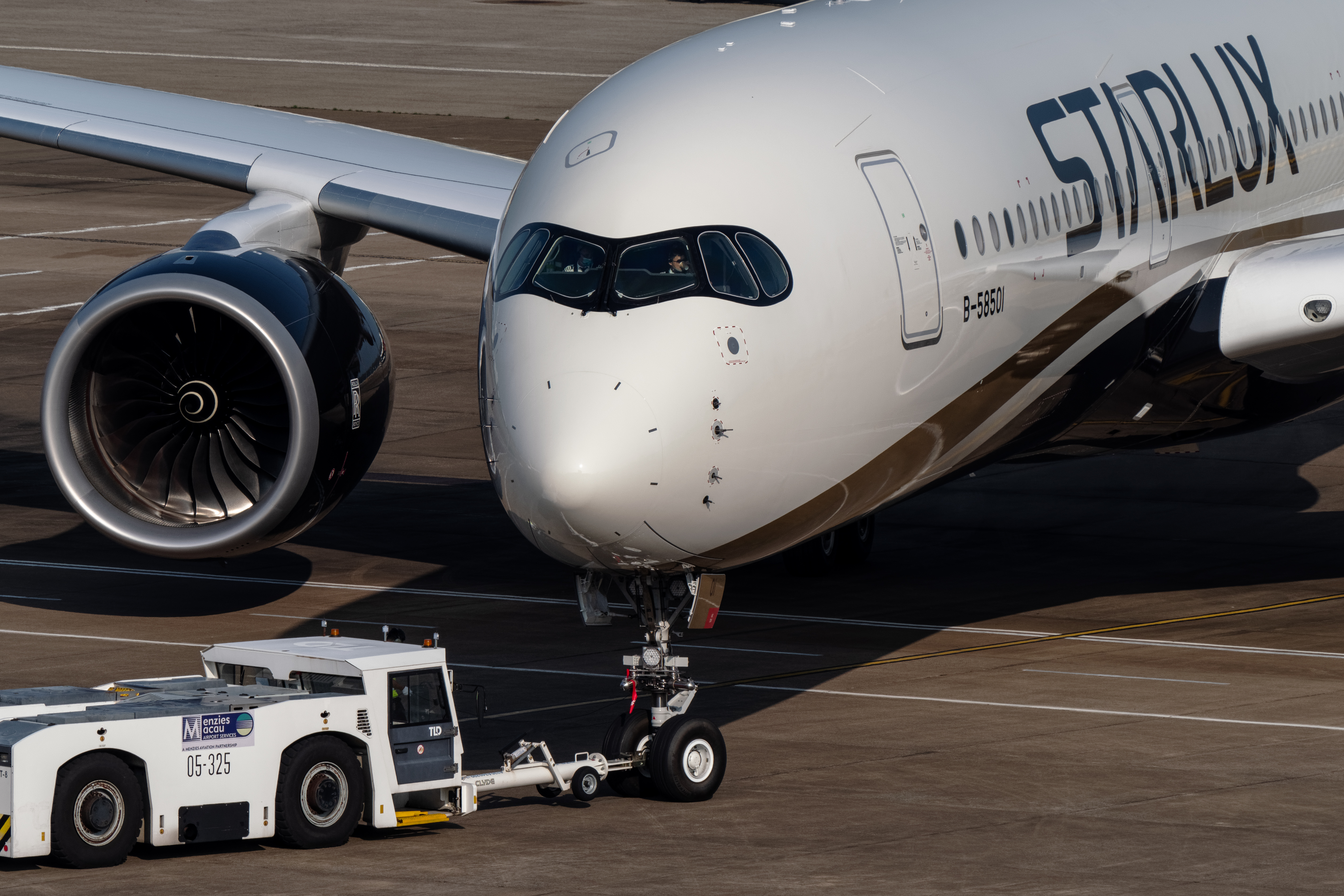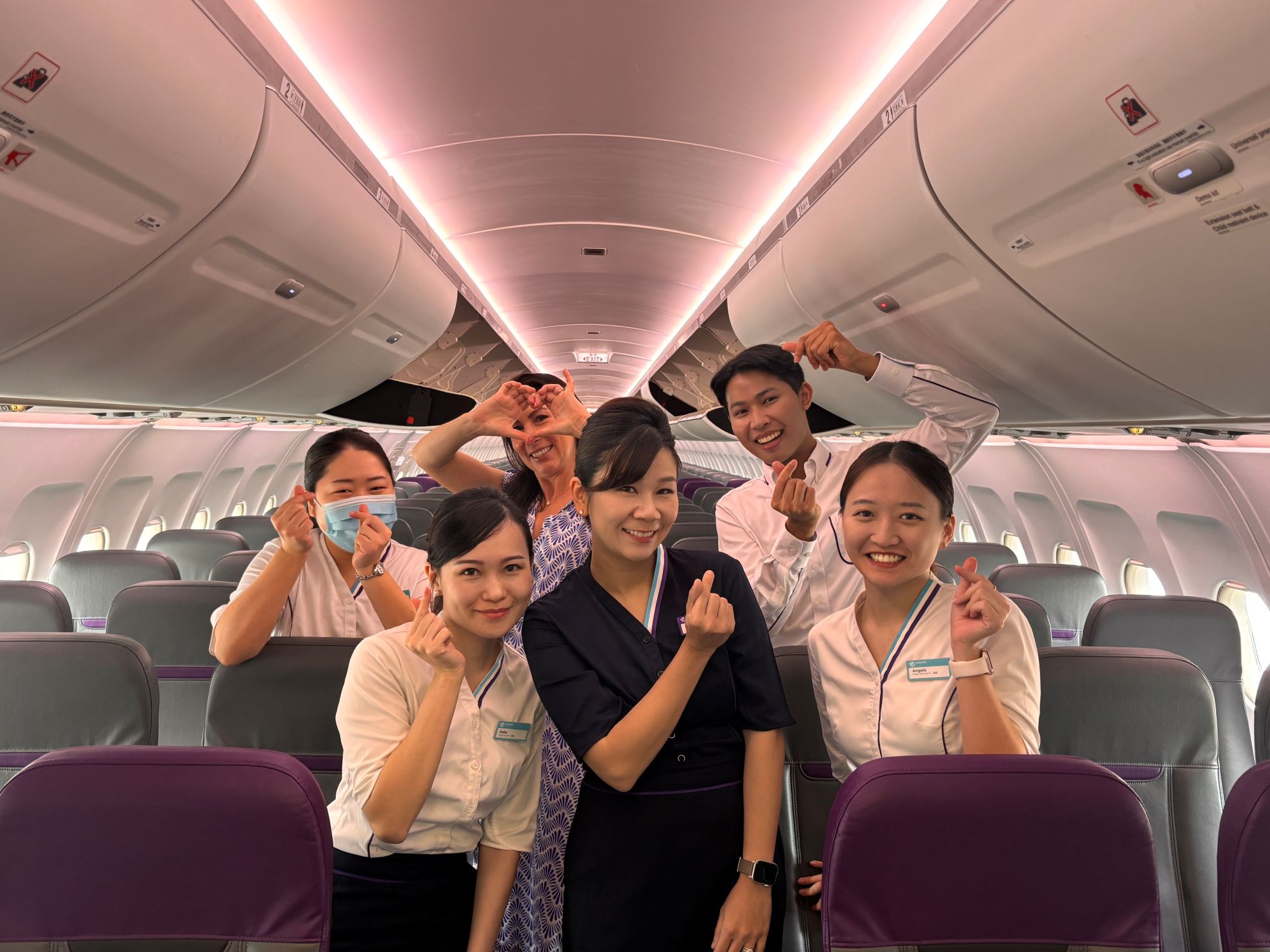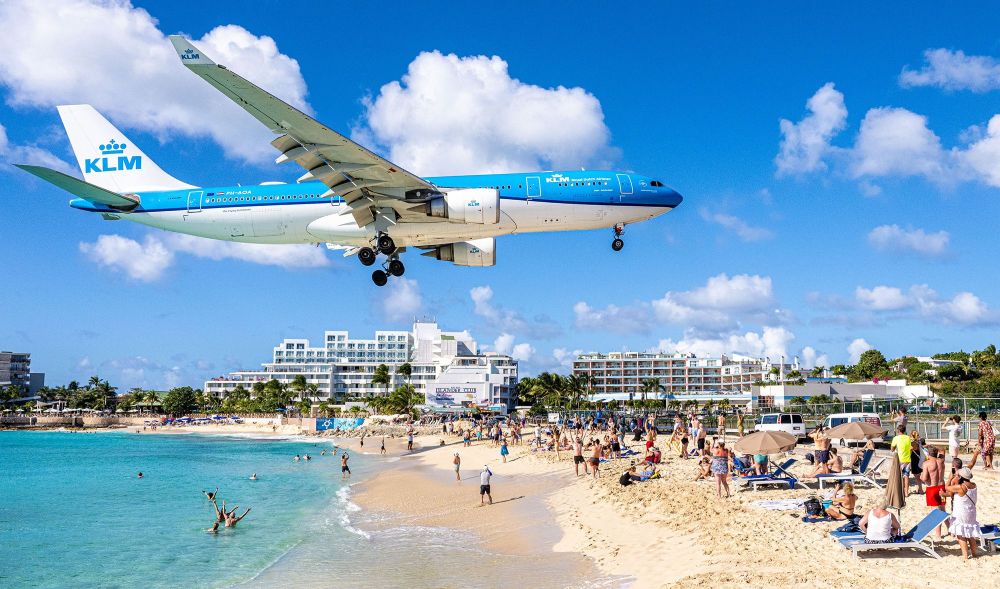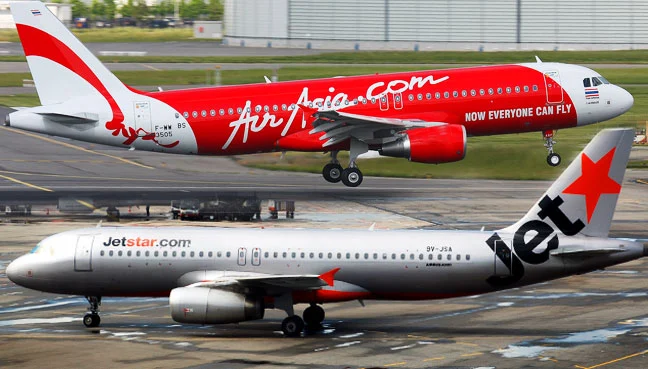
By Geoffrey Thomas
Published Sat Jun 17 2023
Boeing's bizarre planes that were never built are stored at a huge archive facility in Alburn Washington. On endless, multi-level shelves in Boeing’s new archive about 2,000 aircraft models are stored. Some are the familiar types that graced the skies for decades, but many other Boeing's bizarre planes have either never been publicly seen, or at least not for decades.
Over 120 books written about MH370 disappearance
JOIN: AirlineRatings.com YouTube Channel
GET: Accurate MH370 Information From AirlineRatings.com Newsletter
During an exclusive visit, Airlineratings.com picked the most interesting examples of Boeing's bizarre planes and had company historian Michael Lombardi explain the history of the company’s modelling and the context of individual models.
How come Boeing had thousands of aircraft models built over decades?
Michael Lombardi: Before airplanes were designed on computers, we had designs using blueprint drawings, and the engineers would send a drawing to the model shop, saying we need to see what this looks like in three dimensions and they would make a model. The last time we saw such models really was before the 787 and the Sonic Cruiser. Originally we had these really skilled craftspeople, who carved these beautiful models from wood in-house. Then they would make moulds and make them out of resin or plastic.
With the 777, model building for engineering stopped, as that was the first aircraft designed digitally. Is that the end of an art form?
Yes, and now we see the transition is made going into 3D printing. Everything is now digital, which is another challenge for us, and unfortunately, we don’t have these wonderful artifacts. We can still have them made, but it’s not part of the process anymore, the story is now digital rather than physical. But then the problem for us is – how do you capture these things? It’s very volatile and easy to lose. They stopped building actual models about ten years ago. Today we still have a kind of model shop called the rapid prototyping lab, they do more 3D printing kind of work. Now we have an outside vendor, Pacific Miniatures (PacMin) that is doing all the display models for Boeing. There is also a company in Florida called Atlantic Models that will do larger models. But actually building outlandish engineering models as in the past is pretty much done.
From what we see here on your shelves, the heyday of model building was apparently in the 1970s.
From about 1970 to about 1980, the entire decade was an incredible period of study, we also call it the homework period. The result of that were the 757 and the 767. Some important, foundational technology came out of that period, including the two-crew glass cockpit as well as ETOPS, so really what we do today. That was the rise of the twin-engine, twin–aisle airplane, foundational to what we do today.
Let’s look at some of the amazing models from the Boeing archive!
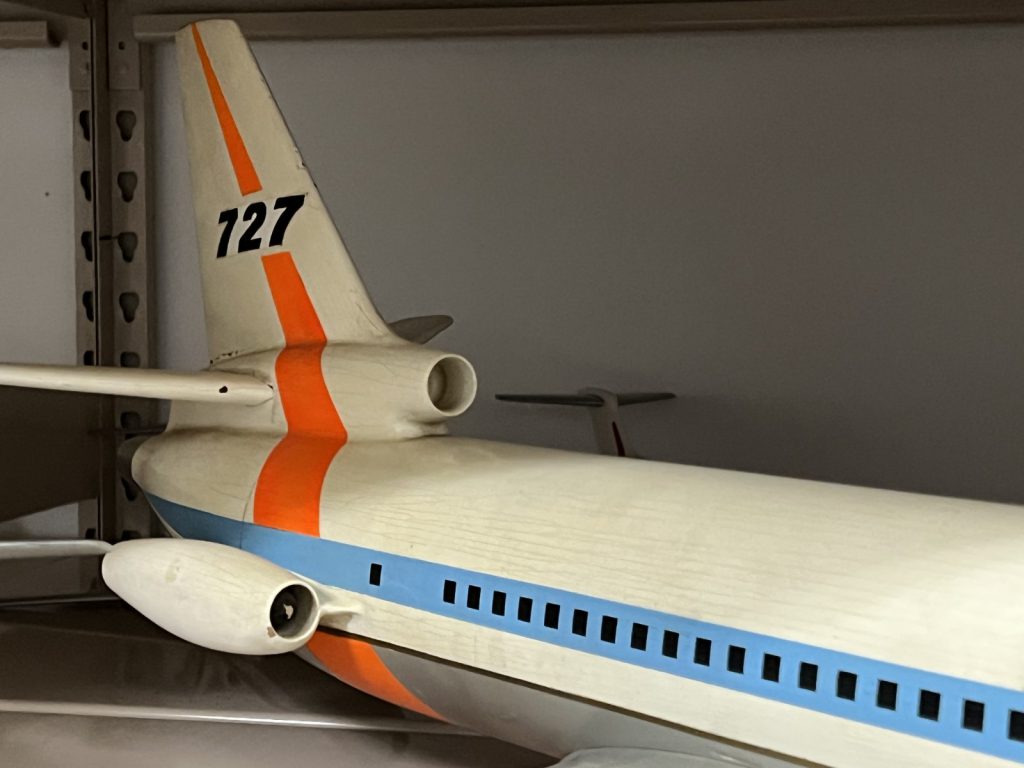
Boeing 727 – early trijet design
This is a very interesting model from around 1959/1960, hand-carved from wood. After bringing out the 707 it became apparent that there was an opportunity to make an aircraft family. Essentially Boeing wanted to give 707 service to smaller cities or airfields, La Guardia in New York was really the testing ground for this. Airlines were very receptive, but some wanted four engines, others a twin-engine jet, so interestingly Boeing decided to come out with a three-engine airplane 727.

Boeing 755
Michael Lombardi: This design is from 1965/1966, but we don’t know much about it, so all the clues we have is to come from the model itself. This is very likely the first design ever of a twin-aisle, twin-engine aircraft and was looked at during the 747 development as smaller derivative.
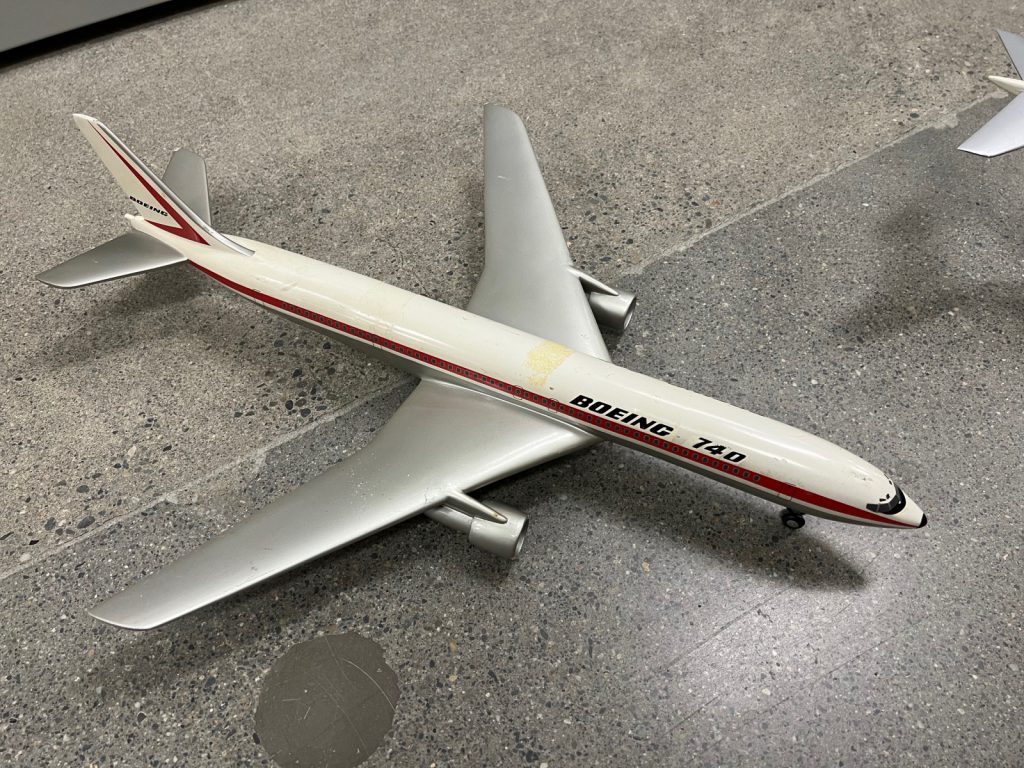
Boeing 740
Michael Lombardi: This is an early look at what became the 757. It’s the standard Boeing fuselage of the 707, a little longer and a single aisle with essentially a new wing. The big difference is that this aircraft has high bypass engines. This is probably one of the earliest looks of putting high bypass engines onto a single aisle airplane. This was done right after the 747 was conceived in the 1960s, and you see it has the same early high bypass engines as the 747 at the beginning.
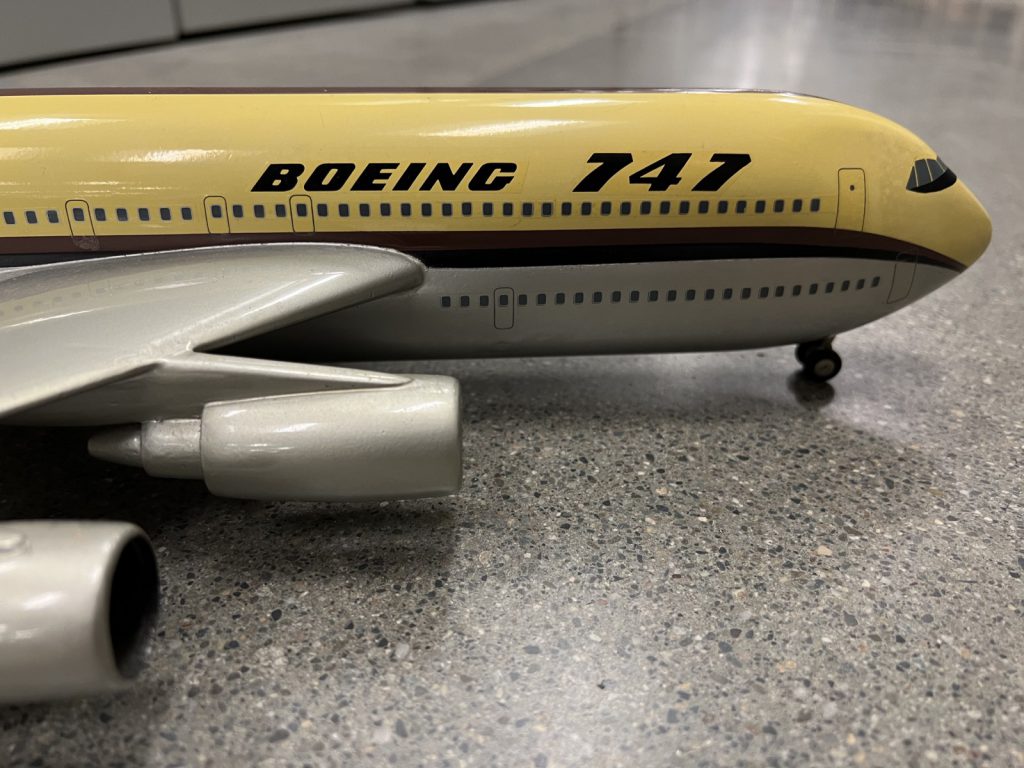
Boeing 747 double bubble, low wing and mid-wing
The original idea of the 747 design was to stick together basically two 707 fuselages. Joe Sutter realized when he took over the program that it wouldn’t work, as the passengers would be hesitant to use the upper deck slides in an emergency. The next idea was to continue with the double bubble, but bring the wings up to the mid-fuselage, which brought it a bit closer to the ground. But then that created all sorts of issues, too, with loading passengers and cargo. So that was quickly discounted as well and they realized they needed a wider airplane.
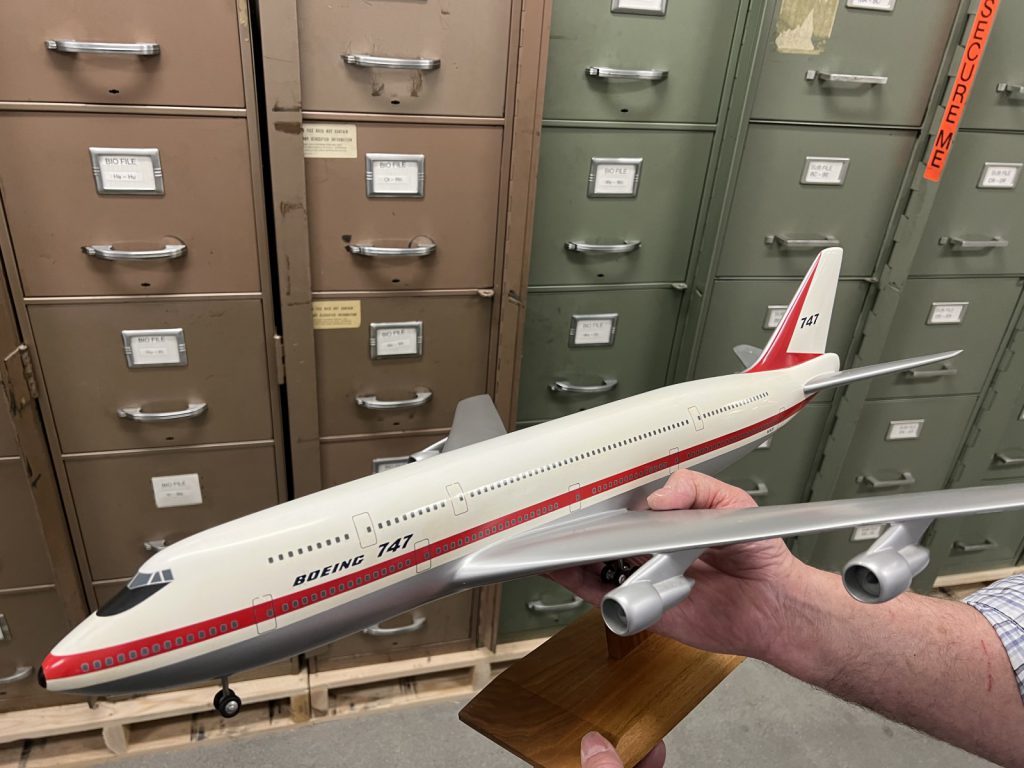
Boeing 747 full double-decker
Mike Lombardi: This was probably done after the 747 first flew in 1969. They were looking at extending the upper deck. It is a really rare model. This idea didn’t last for very long. In the 1970s they did so many studies because of the downturn in the market, so Boeing put a lot of money into R&D in what would be next. The final look of the 747 was already settled early in the design process in 1966/1967, all the other 747 models we have are from the very first months, that process went fairly quickly.
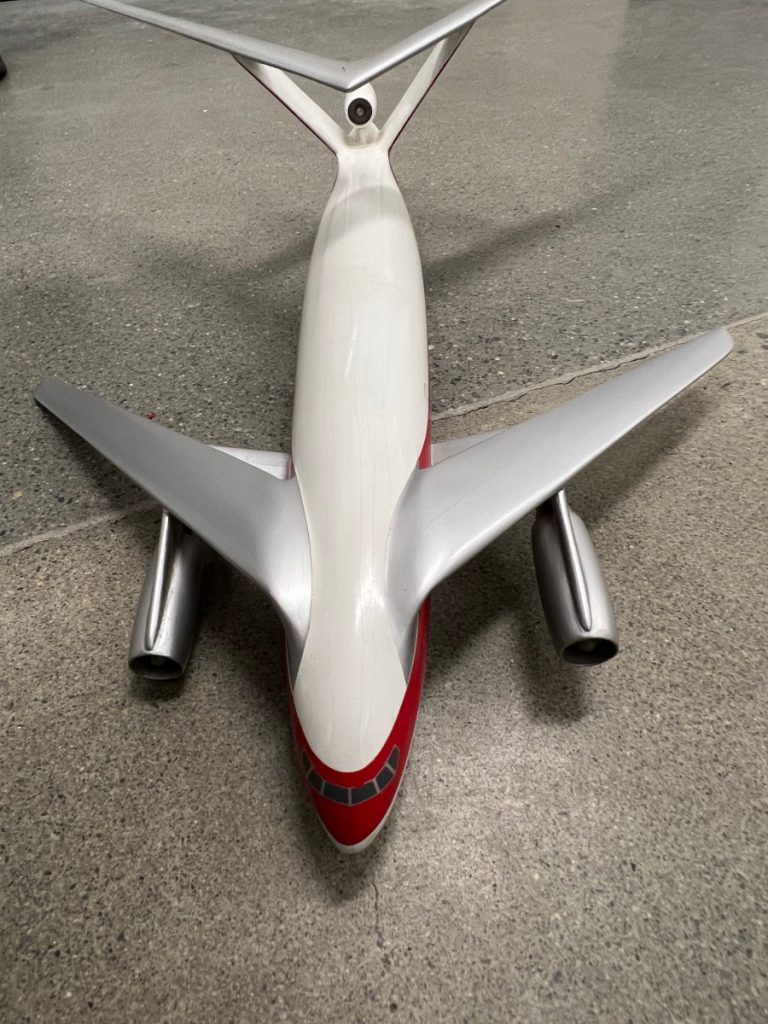
Transonic area ruled tandem wing
Michael Lombardi: In the 1970s Boeing was looking at a transonic jetliner, just like the sonic cruiser that would come a couple of decades later. Both would have flown in the range of Mach 0.98 to 1.07. It is interesting that some of what we look at today with the truss-braced transonic airplane, this had a similar idea. This aircraft model from about 1972/73 was part of the early 767 development and uses the area rule with the wasp-like narrower fuselage over the wings, needed to achieve higher speeds. The problem they had was that the engines at the time didn’t have enough power, so there was no way to do this economically. Kind of the same issues we had with the Sonic Cruiser.
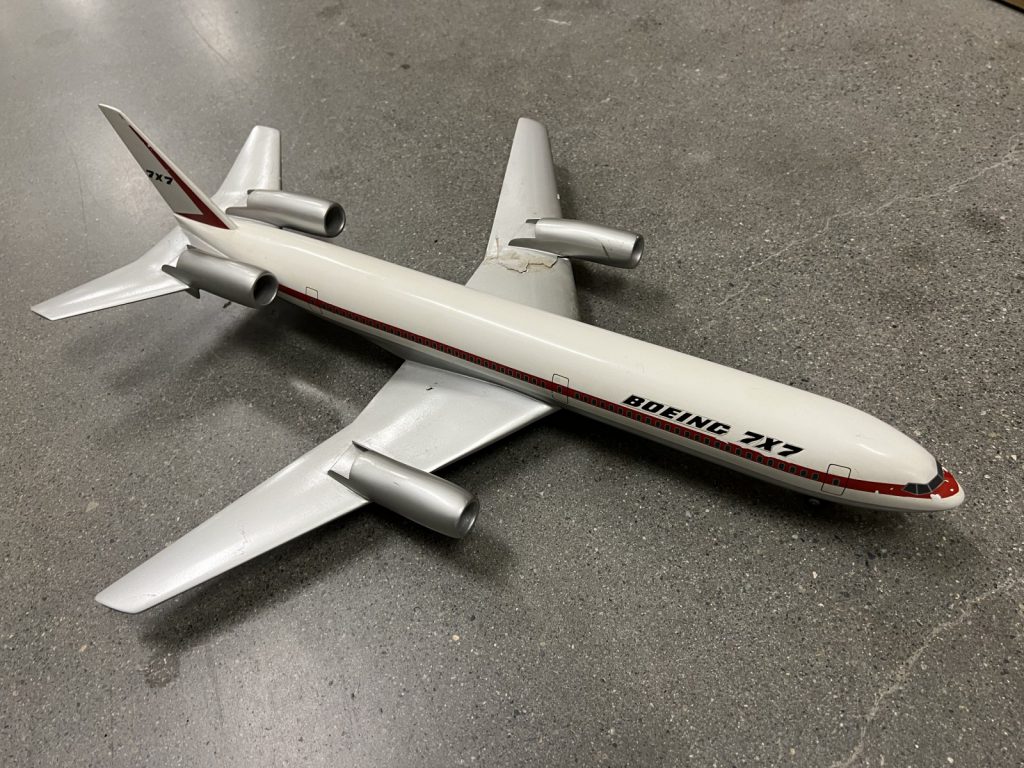
Boeing 7X7 (four engines)
Michael Lombardi: In this 1970s model they examined a large STOL aircraft for short takeoffs and landings. Using a Boeing-developed technology called upper surface blowing, so the engines are mounted forward and above the wings so that the exhaust would blow over the wings, the flap system they used would be turned 90° on takeoff. The exhaust would follow the flaps and generate lift, it’s called the Coandā effect, the tendency of a fluid jet to stay attached to a convex surface.
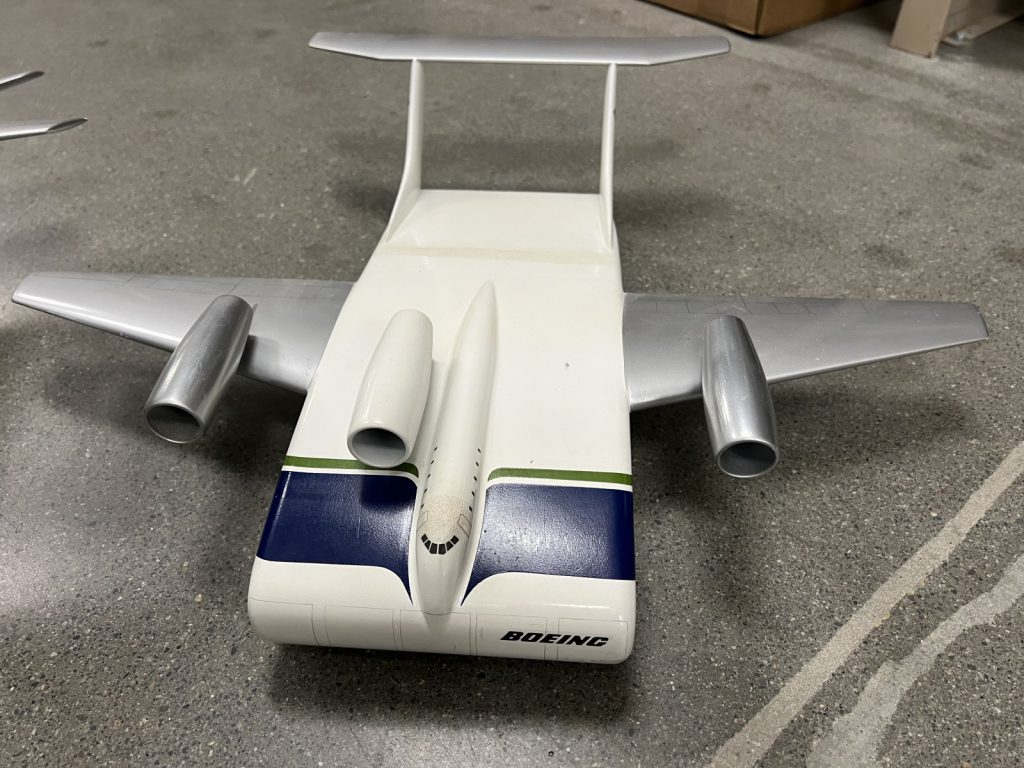
Intermodal Husky
Michael Lombardi: This is from the early 1970s and the idea was to carry shipping containers by airplane, in addition, to having them hauled on container ships, that’s why it’s called intermodal. These would have been very large airplanes if built, wide enough to accommodate five shipping containers side by side. The fuselage is shaped like an airfoil, so is a lifting body, and there is an odd asymmetric third engine on one of the designs. It was really an interesting, clever idea, where the trucks would come directly to a loading ramp, from where the containers would be transferred by conveyor belts onto the aircraft. The 747 freighter made this study basically obsolete.
Boeing's Bizarre Planes Part 11 Coming Up Tuesday, June 20
Boeing's Bizarre Planes Part 11 Coming Up Tuesday, June 20
Have questions or want to share your thoughts?
Get In Touch